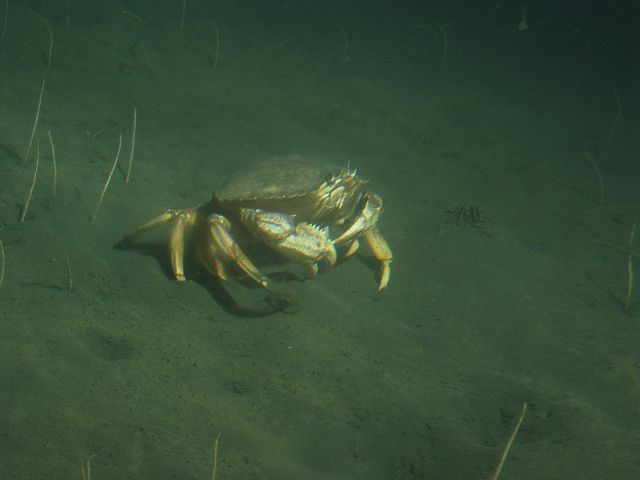On January 18, California’s fishermen hauled in their delayed first harvest of Dungeness crabs but they rued the price.
Though the Dungeness crab season officially began on January 5, actual fishing took place only this week after a strike in Redwood, CA.
The strike by fishermen, which lasted till January 17, was in protest against the low landing prices by crab processors of $3 per pound. This is despite the price being higher than that from a similar period in 2023 of $2.25 per pound. Crabbing experts argue that the historically low price in 2023 coincided with a glut in the crustaceans.
Redwood crab harvesters cite the low pay a tactic by seafood companies to make profit while they get less.
Besides, the fishing time has coincided with a recent spate of chilly weather, which is making laying traps difficult. The chilly arctic draft began in western Canada and swept across the United States.
California’s Vs. Oregon’s Prices
Price dissatisfaction is tempered by the fact that crabs from neighboring Oregon are attracting slightly higher landing rates than in California.
Dungeness crab harvesters in Oregon are currently receiving over $3 for a pound. The rate is nevertheless far lower than that of $4.75 a pound back in 2021.
Oregon is also selling much of its crabs in live form, which is generating higher rates than California’s mainly frozen crabs.
This is good news for Oregon’s fishermen for in August 2023, the state shortened the season there to protect humped whales.
California’s Harvesting Period Changes
Similar shortened season has also impacted the California dungeness business in the past decade.
Before 2014, California’s dungeness crab season used to start in November and would run up to June. It coincided with the holiday season and hence harvesters enjoyed impressive prices.
In 2021, a decision to protect whales made the state’s Fish and Wildlife department to shorten the season to January.This means the price push from the holiday season no longer counts.
The Dungeness Crab Harvest
Each harvest, fishermen from San Francisco and other bays along the California coastline lay their traps on the same day. They wait for two days and then set their boats in motion to collect their harvests from the traps.
Various boat sizes are allowed, which gives each fisherman a chance to make income equal to their means.
The boats haul back to the dock impressive sizes of crab. With an average weight of 4.5 pounds, the Dungeness crab is the second largest among crab species in the U.S.
